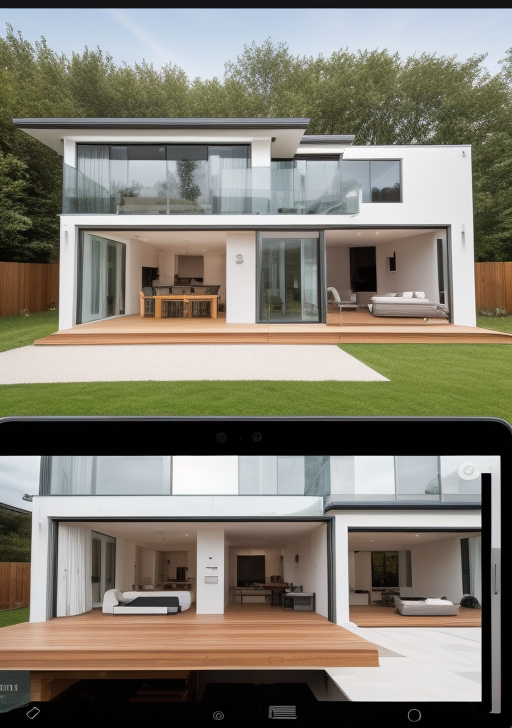Welcome to the future of living, where comfort, convenience, and connectivity converge! Smart homes have come a long way, and the advancements we're witnessing are nothing short of extraordinary. From AI-powered virtual assistants to energy-efficient systems and personalized automation, the future of smart homes is set to revolutionize our daily lives. In this blog post, we'll explore the incredible innovations shaping the future of smart homes and how they will transform the way we live.
1. Seamless Connectivity:
Imagine a home where all your devices communicate seamlessly with each other. The future of smart homes revolves around increased connectivity, thanks to technologies such as 5G and the Internet of Things (IoT). From your smart refrigerator ordering groceries to your smart thermostat adjusting the temperature based on your preferences, the possibilities are endless.
2. AI-Powered Living:
Artificial Intelligence (AI) integration is set to redefine the smart home experience. AI-powered virtual assistants like Amazon Echo and Google Home will become even smarter, learning from our habits and preferences to anticipate our needs. They'll be able to control and automate various tasks, from managing appliances to providing personalized recommendations.
3. Energy Efficiency & Sustainability:
The future of smart homes is undoubtedly green. Energy consumption is a growing concern, and smart homes are stepping up to address it. With energy-efficient devices, solar panels, and smart grids, homeowners can optimize energy usage, reduce costs, and contribute to a greener planet. Imagine a home that adjusts lighting based on natural sunlight or automatically powers down appliances when they're not in use – it's the future we're heading towards.
4. Enhanced Security Systems:
Home security is a top priority, and smart homes are taking it to the next level. Future homes will integrate advanced security systems, including facial recognition, smart locks, and surveillance cameras with AI-enhanced object detection. With real-time alerts and remote monitoring, homeowners can have peace of mind, knowing their homes are secure.
5. Health Monitoring & Wellness:
Personal well-being will be a key focus of future smart homes. Imagine a home that tracks your health vitals, reminds you to take medication, and adjusts lighting and sound to promote relaxation. Fitness trackers, smart scales, and health sensors will seamlessly integrate with the home environment, empowering individuals to take charge of their wellness.
6. Customization & Personalization:
The future of smart homes is all about tailoring the living experience to individual preferences. Whether it's customized lighting scenes, temperature settings, or even smart furniture that adjusts to your body ergonomics, smart homes will adapt and personalize to create a truly immersive living environment.
7. Integration with Smart Cities:
Smart homes will be an integral part of smart city ecosystems. Integration with public services, transportation systems, and energy grids will create an interconnected network of efficiency and convenience. Imagine your smart home syncing with your electric vehicle, optimizing charging times, and intelligently managing energy consumption based on city-wide demands.
8. Advanced Home Automation:
Automation will take center stage in future smart homes. Tasks that once required manual effort, such as grocery shopping or cleaning, will be automated using smart appliances and robotic technology. From a self-cleaning kitchen to an automated grocery delivery system, these innovations will provide us with more time to focus on what truly matters.
The future of smart homes is an awe-inspiring fusion of technology and convenience. With increased connectivity, AI-powered virtual assistants, energy efficiency, enhanced security systems, and personalized automation, our homes are transforming into intelligent, sustainable, and personalized living spaces. It's time to embrace the incredible innovations shaping the future of smart homes and prepare ourselves for a new era of smart living. Welcome to the future - welcome home!


